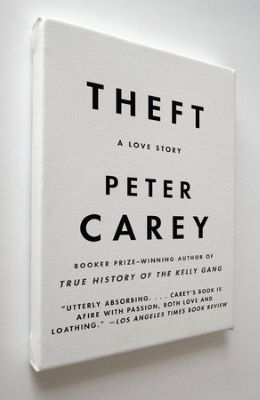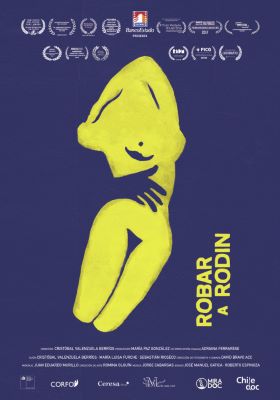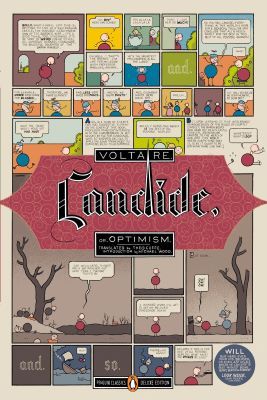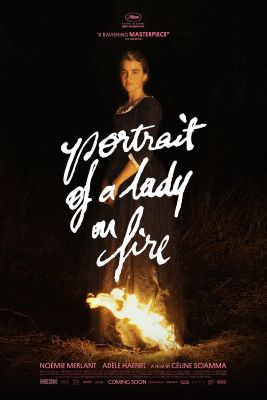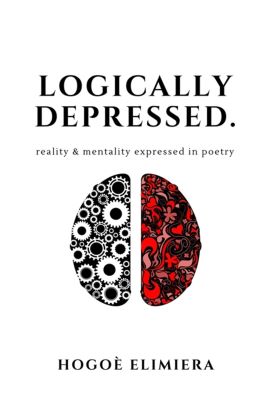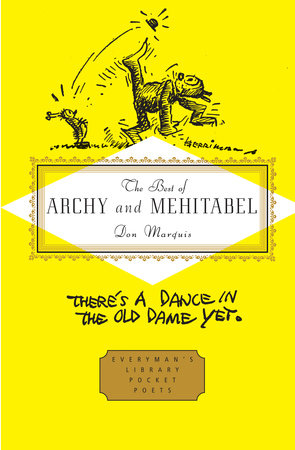WATCH
Restoration
Chosen by: Steve Mikulka, Preparator, Collections Management
What it’s about: A 17th-century rogue who has a gift for healing seeks redemption after being rewarded, then disposed of, by King Charles II.
Why it’s recommended: The film hits on topics of plague, isolation, excess, and the search for meaning in art, displayed with incredible costumes and scenery. Robert Downey, Jr., plays the debauch, as only he can, looking for redemption, and he is backed up by a great cast, including Sam Neill, Ian McKellen, Polly Walker, Meg Ryan, and Hugh Grant as a scoundrel artist. The novel by Rose Tremain tells a better story, but the movie is worth the spectacle.


